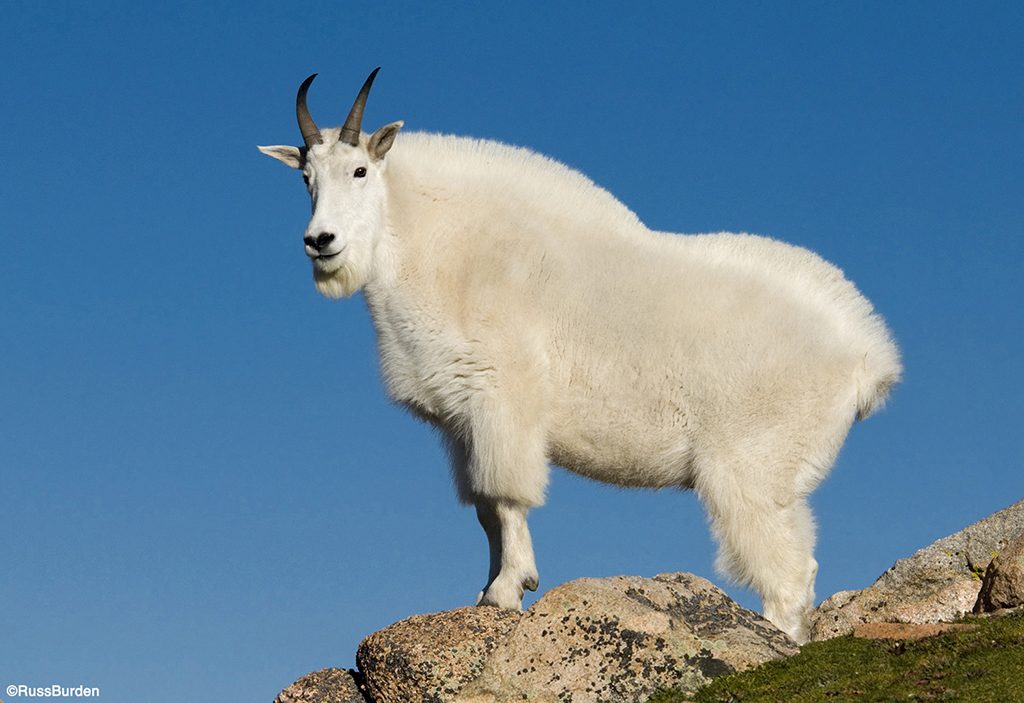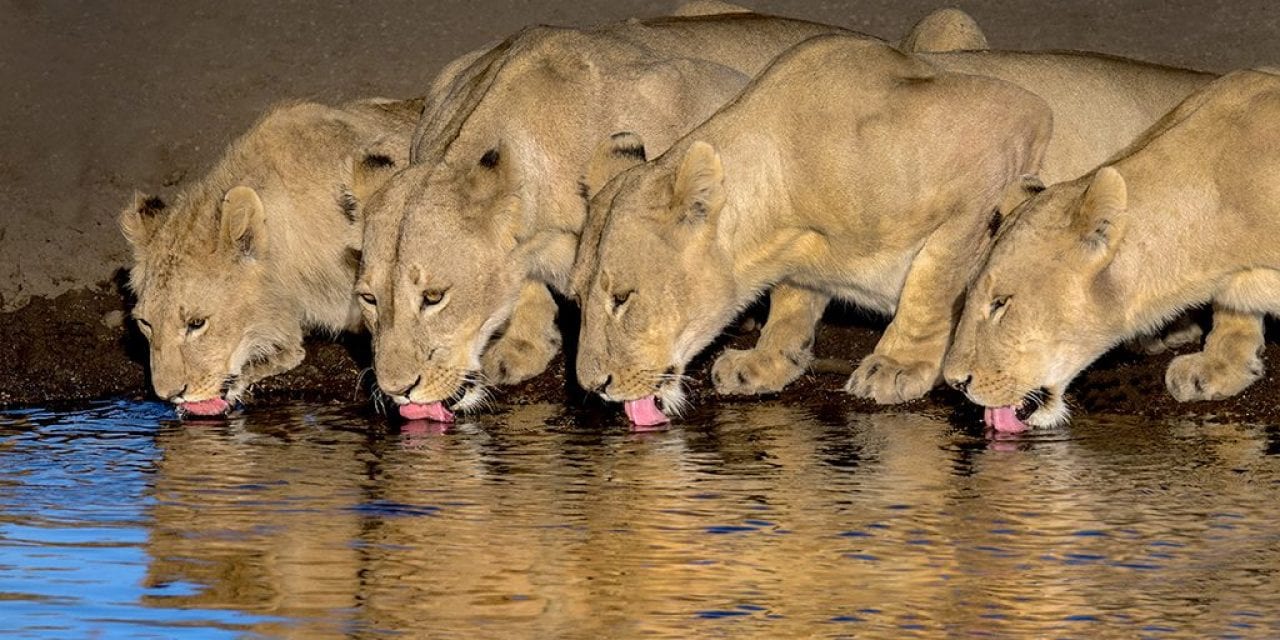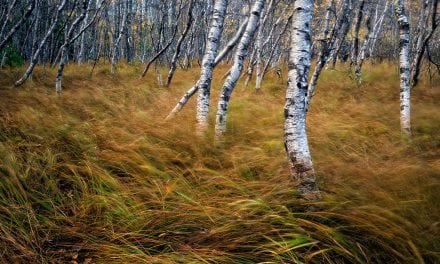
In the eyes of many people, photography still isn’t an art form. They way they view it is any person can walk around with a black box in their hand and simply press a button when they see something “interesting.” When those people do admire a photograph, they attribute the capture to luck, stating that the photographer happened to be in the right place at the right time and simply went CLICK. But let’s examine the topic of this series of Tips of the Week: how to capture the decisive moment. If many people consider getting these kinds of photographs pure luck, how is it that some photographers are consistently more “lucky”?
Just ask French photojournalist Henri Cartier Bresson. His repeated success capturing the decisive moment of people in their surroundings at the apex of emotion and action propelled him to the forefront of photojournalism. He certainly had the uncanny ability to know exactly when to release the shutter to produce fantastic images time and time again. With regards to wildlife, why are some photographers’ images consistently more revered than others? Is it luck? Everybody, state this in unison, “NO WAY.” In continuing this series of how the decisive moment relates to wildlife, here are a few more ways to become one of the “luckier” ones. And if you missed part 1 and part 2, be sure to read them for more ideas.
How does one learn to capture the decisive moment when making images of wildlife? First off, practice, practice practice. Yet within all of the practicing, there are specific techniques to work on:
Edit Before Pressing The Shutter

This is an expression you’ve read if you’ve been a long time follower of my Tips of the Week. Wait for peak action to press the shutter. Wait until the eyes say something expressive. Wait for emotion to be displayed by the animal. If the eyes are closed, if the emotion isn’t expressive or depicted at all, chances are the file will be deleted. In other words, if you don’t see all the ingredients fall into place, edit before pressing the shutter because chances are the file will end up being deleted.
The Background Is Equally As Important As The Subject

This is another expression you’ve read often if you follow my tips. If the background or even the foreground presents distractions, the viewer’s eye will be pulled from the subject. This isn’t something you want to happen. To create a pleasing background, use as wide an aperture and as long a lens as the situation allows, and by all means, edit before pressing the shutter if the subject is too close to the background as it’s impossible to throw it out of focus. Ideally, the subject should be far away from the background so it falls out of the depth of field range.
It’s All About The Light

You’ve likely seen me repeat this expression as well. The color and quality of the light at sunrise and sunset is gorgeous. Wake up early and stay out late. Additionally, bright overcast conditions work as the light isn’t contrasty and provides a wrap-around effect. This occurs when a soft, thin layer of clouds obscure the sun and allow the sky to act as a giant diffused light source. Faces become evenly lit and the colors of the subject become more vivid than if the image was made at noon on a clear day. Compare photographs you’ve taken in this kind of light to those in bright sun. Look at the even tones of the diffused light photos and compare them to the hard and contrasty ones of intense sun. Bright overcast conditions work well in that it allows you to photograph animals throughout the entirety of the day.
Exhaust All Possibilities

My final commonly used expression. Rather than make a single shot and walk away feeling superior because you feel you nailed the image, become humble and make three more images. In other words, photograph every subject vertically, horizontally, up close and then show the animal in its environment. You now have four images of every animal you photograph. It’s better to choose which one you prefer when you get home rather than beat yourself up after the fact because you neglected to make one version and now realize it would have made a better photo.
Mastering the decisive moment is obtainable by all. It does require practice, but like anything else, the more you strive to capture it, the more natural it will become. Make it part of your photographic repertoire and you’ll wind up hanging many more photos on your walls.
Visit www.russburdenphotography.com for information about his nature photography tours and safari to Tanzania.
The post The Decisive Moment, Part 3 appeared first on Outdoor Photographer.
















